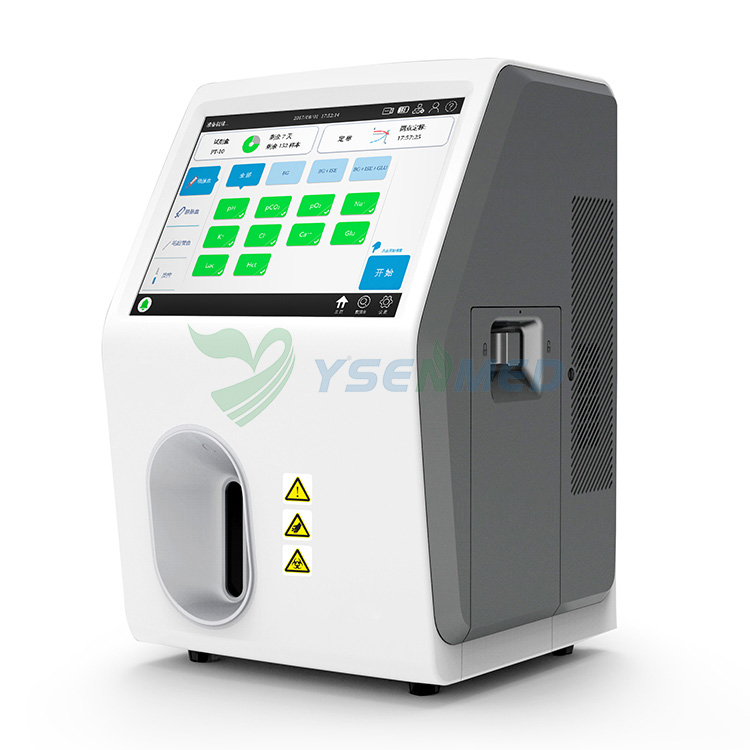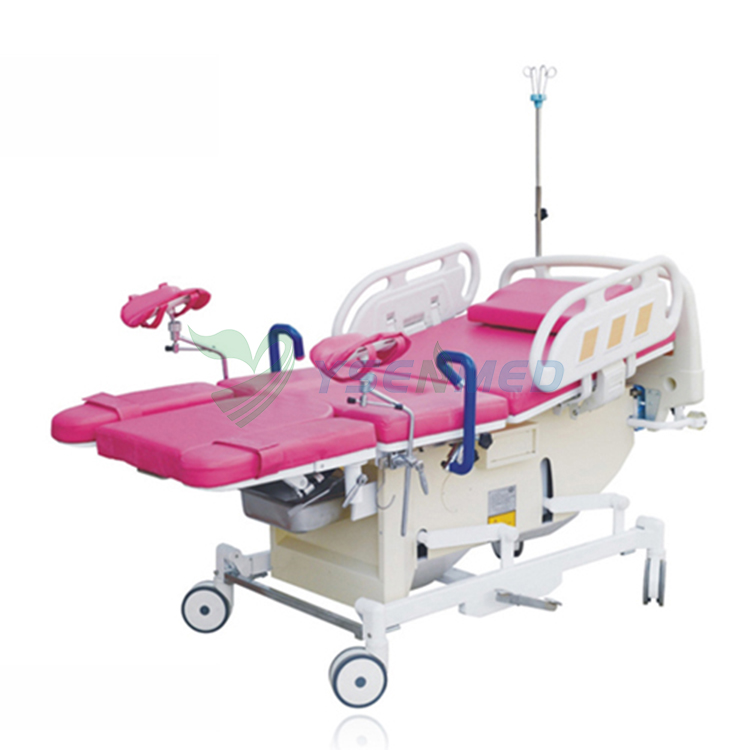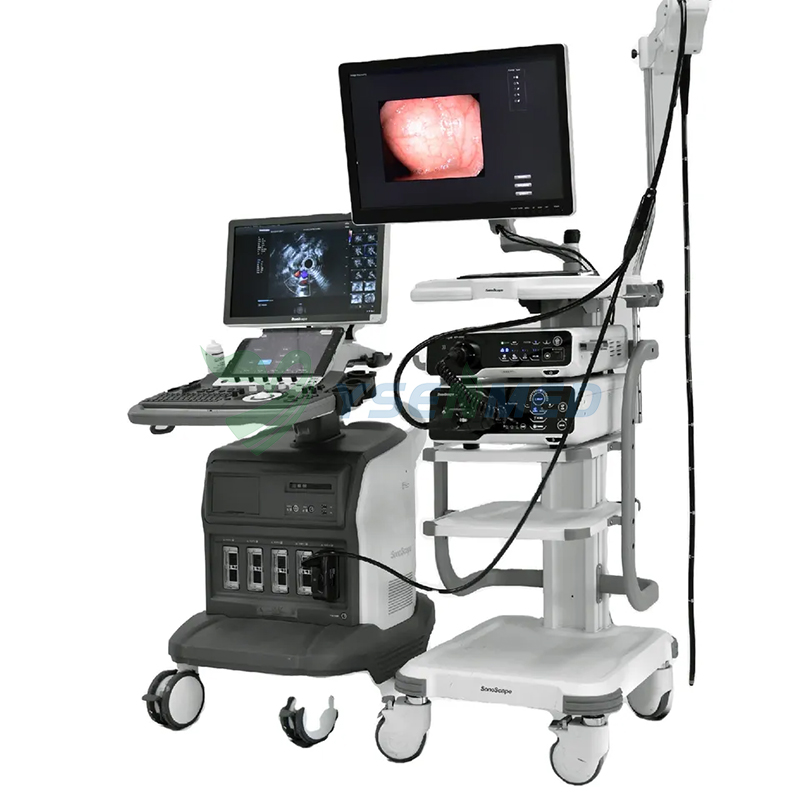
X-ray flat panel detectors (FPDs) are a type of digital X-ray technology that is revolutionizing medical imaging. Traditional X-ray imaging uses photographic film to capture images, which can be time-consuming to develop and may not provide the level of detail necessary for accurate diagnoses. FPDs, on the other hand, use a flat panel detector to capture digital images in real-time, allowing medical professionals to view and analyze the images immediately.
One major advantage of FPDs is their ability to produce higher quality images with less radiation exposure. This is because FPDs are more sensitive to X-rays than traditional film, allowing for lower doses of radiation to be used during imaging procedures. Additionally, FPDs can capture images in multiple planes, providing a more complete picture of the patient's anatomy.
Another advantage of FPDs is their versatility. They can be used in a variety of medical imaging applications, including X-ray, computed tomography (CT), and fluoroscopy. This makes them a valuable tool in diagnosing a wide range of medical conditions, from broken bones to cancer.
Overall, the use of X-ray flat panel detectors is revolutionizing medical imaging by providing faster, more accurate, and less invasive diagnostic tools.
In addition to their advantages in image quality and versatility, FPDs also offer several practical benefits for medical professionals. For example, they are more durable than traditional film, which can be easily damaged or lost. FPDs are also easier to store and transmit digitally, allowing medical professionals to share images and collaborate more easily.
Moreover, FPDs have become more affordable in recent years, making them more accessible to medical facilities of all sizes. This has led to increased adoption of FPDs in medical imaging, particularly in countries with limited access to traditional X-ray technology.
There are two main types of FPDs: indirect conversion and direct conversion. Indirect conversion FPDs use a scintillator material to convert X-rays into light, which is then detected by a photodiode and converted into an electrical signal. Direct conversion FPDs, on the other hand, use a layer of amorphous selenium to directly convert X-rays into an electrical signal. Both types of FPDs have their own advantages and disadvantages, and the choice between them depends on the specific imaging application.
In conclusion, X-ray flat panel detectors are revolutionizing medical imaging by providing faster, more accurate, and less invasive diagnostic tools. With their high image quality, versatility, durability, and affordability, FPDs are becoming an increasingly important tool in medical facilities around the world.
One of the most significant advantages of FPDs is their ability to produce high-resolution images in real-time. This allows medical professionals to quickly and accurately diagnose a wide range of medical conditions, including fractures, tumors, and other abnormalities. FPDs can also be used for interventional procedures, such as guiding the placement of catheters or other medical devices.
Another advantage of FPDs is their ability to reduce the amount of radiation exposure for patients. This is particularly important for patients who require frequent imaging, such as those undergoing cancer treatment or those with chronic conditions. By using FPDs, medical professionals can obtain high-quality images with lower doses of radiation, reducing the risk of long-term radiation exposure.
FPDs are also more efficient than traditional X-ray technology. They can capture and process images much faster, allowing medical professionals to complete imaging procedures more quickly and efficiently. This can lead to shorter wait times for patients and more efficient use of medical resources.
Finally, FPDs are more environmentally friendly than traditional X-ray technology. They do not require the use of photographic film, which can be difficult to dispose of safely. FPDs also use less energy than traditional X-ray machines, reducing their carbon footprint and helping to protect the environment.
In summary, X-ray flat panel detectors are revolutionizing medical imaging by providing faster, more accurate, and less invasive diagnostic tools. With their high image quality, versatility, durability, affordability, and efficiency, FPDs are becoming an increasingly important tool in medical facilities around the world.
Despite their many advantages, FPDs also have some limitations. One of the main challenges with FPDs is their high cost, which can be a barrier to adoption for some medical facilities. Additionally, FPDs require training and expertise to operate, which can make them more difficult to use than traditional X-ray technology.
Another limitation of FPDs is their size. While they are more compact than traditional X-ray machines, they are still relatively large and bulky, which can make them difficult to use in certain settings, such as in emergency rooms or in remote locations.
Finally, FPDs are not suitable for all types of medical imaging. While they are well-suited for X-ray, CT, and fluoroscopy, they may not be the best option for other types of imaging, such as magnetic resonance imaging (MRI) or ultrasound.
In conclusion, X-ray flat panel detectors are a valuable tool in medical imaging, providing faster, more accurate, and less invasive diagnostic tools. While they have some limitations, their many advantages make them an increasingly important tool in medical facilities around the world. As technology continues to evolve, it is likely that FPDs will become even more versatile and accessible, further revolutionizing medical imaging.
Looking to the future, X-ray flat panel detectors are likely to continue to evolve and improve. Some of the areas where FPD technology is expected to advance include: Higher resolution: FPDs are already capable of producing high-resolution images, but there is still room for improvement. As FPD technology continues to advance, it is likely that we will see even higher resolution images, allowing medical professionals to see even more detail and make even more accurate diagnoses. Reduced radiation exposure: While FPDs already offer lower doses of radiation than traditional X-ray technology, there is still room for improvement. Researchers are working on developing even more sensitive FPDs that can produce high-quality images with even lower doses of radiation. Improved portability: While FPDs are more compact than traditional X-ray machines, they can still be difficult to use in certain settings. Researchers are working on developing more portable FPDs that can be used in a wider range of settings, including in remote locations. Enhanced functionality: FPDs are already versatile tools, but there is still room for improvement in terms of their functionality. Researchers are exploring ways to integrate FPDs with other imaging technologies, such as MRI or ultrasound, to provide even more comprehensive diagnostic tools. Overall, X-ray flat panel detectors are a rapidly evolving technology that are revolutionizing medical imaging. With their many advantages, including high image quality, versatility, durability, affordability, and efficiency, FPDs are becoming an increasingly important tool in medical facilities around the world. As FPD technology continues to advance, it is likely that we will see even more benefits and applications for this powerful imaging tool.





